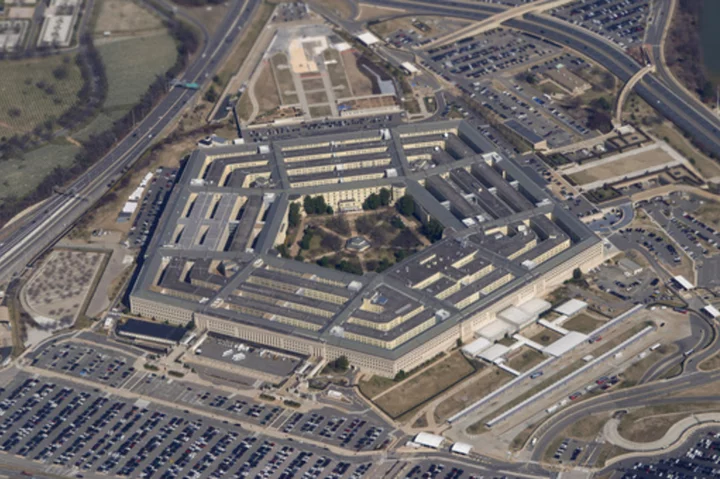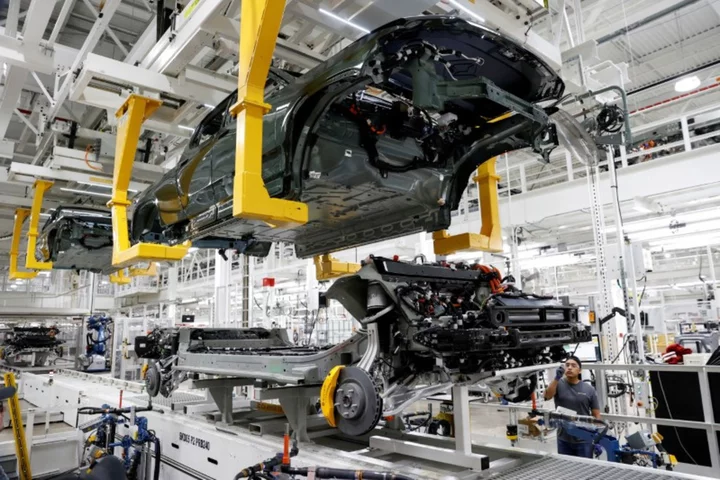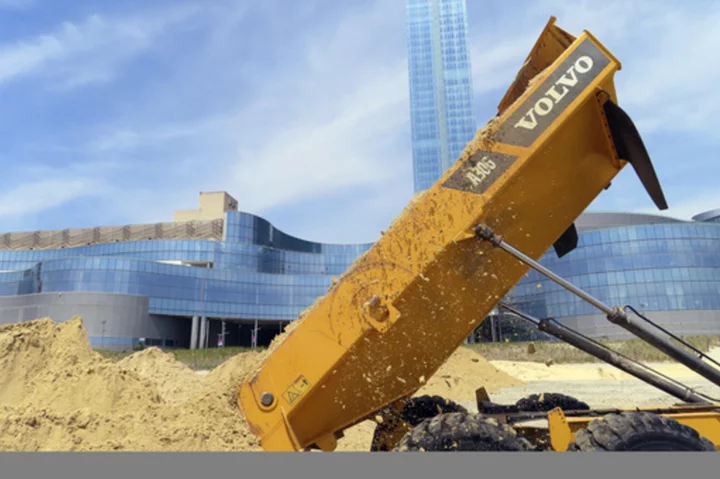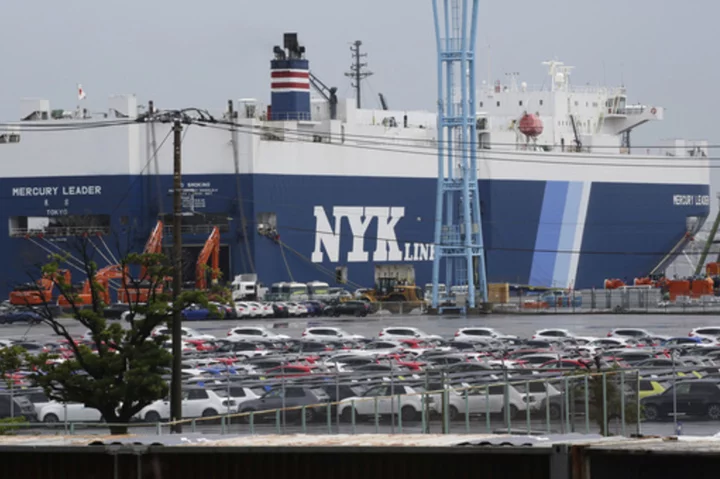An image of black smoke billowing next to a bureaucratic-looking building spread across social media Monday morning, with the claim that it showed an explosion near the Pentagon.
The posts sent a brief shiver through the stock market and were quickly picked up by news outlets outside the U.S., before officials jumped in to clarify that no blast actually took place and the photo was a fake.
Experts say the viral image had telltale signs of an AI-generated forgery, and its popularity underscores the everyday chaos these now increasingly sophisticated and easy-to-access programs can inflict.
Here’s a closer look at the facts.
CLAIM: An image shows an explosion near the Pentagon.
THE FACTS: Police and fire officials in Arlington, Virginia, say the image is not real and there was no incident at the U.S. Department of Defense headquarters across the Potomac from the nation’s capital.
Despite this, the image and claim was spread by outlets including RT, a Russian government-backed media company formerly known as Russia Today. It was also widely shared in investment circles, including an account bearing Twitter's signature blue verification check mark that falsely suggested it was associated with Bloomberg News.
“Reports of an explosion near the Pentagon in Washington DC,” the Russian state news agency wrote in a since-deleted tweet to its more than three million followers.
The timing of the fake image, which appeared to spread widely just after the U.S. stock market opened for trading at 9:30 a.m., was enough to send a ripple through the investment world.
The S&P 500 briefly dropped a modest 0.3% as social media accounts and investment websites popular with day traders repeated the false claims.
Other investments also moved in ways that typically occur when fear enters the market. Prices for U.S. Treasury bonds and gold, for example, briefly began to climb, suggesting investors were looking for someplace safer to park their money.
The image's rapid spread prompted the Arlington County Fire Department to take to social media to knock down the rumors.
“@PFPAOfficial and the ACFD are aware of a social media report circulating online about an explosion near the Pentagon,” the agency wrote, referring to the acronym for the Pentagon Force Protection Agency that polices the Pentagon. “There is NO explosion or incident taking place at or near the Pentagon reservation, and there is no immediate danger or hazards to the public.”
Capt. Nate Hiner, a spokesperson for the fire department, confirmed the agency’s tweet was authentic but declined to comment further, deferring to the Pentagon police force, which didn’t respond to email and phone messages.
Misinformation experts say the fake image was likely created using generative artificial intelligence programs, which have allowed increasingly realistic, but oftentimes flawed, visuals to flood the internet recently.
Inconsistencies in the building, fence and surrounding area are imperfections typically found in AI-generated images, noted Hany Farid, a computer science professor at the University of California, Berkeley, who specializes in digital forensics, misinformation and image analysis.
“Specifically, the grass and concrete fade into each other, the fence is irregular, there is a strange black pole that is protruding out of the front of the sidewalk but is also part of the fence,” he wrote in an email. “The windows in the building are inconsistent with photos of the Pentagon that you can find online.”
Chirag Shah, co-director of the Center for Responsibility in AI Systems & Experiences at the University of Washington in Seattle, cautioned that spotting fakes won’t always be as obvious.
Society will need to lean more on “crowdsourcing and community vigilance to weed out bad information and arrive at the truth” as AI technology improves, he argued.
“Simply relying on detection tools or social media posts are not going to be enough,” Shah wrote in an email.
Before the explosion hoax, the biggest Beltway intrigue on Wall Street’s mind Monday morning was whether the U.S. government will avoid a disastrous default on its debt.
But as the market is becoming increasingly reactive to headline-grabbing news, misinformation can be especially damaging when it’s shared by outlets even vaguely deemed as credible, said Adam Kobeissi, editor-in-chief at The Kobeissi Letter, an industry publication.
“A lot of these moves are happening because of high frequency trading, algorithmic trading, which is basically taking headlines, synthesizing them and then breaking them down into a trade on a millisecond basis,” he explained by phone, noting that much of the market is now automated. “It’s basically like you’re pulling a trigger every time a headline comes out.”
__
Associated Press business reporters Stan Choe and Wyatte Grantham-Philips in New York contributed to this story.
___
This is part of AP’s effort to address widely shared misinformation, including work with outside companies and organizations to add factual context to misleading content that is circulating online. Learn more about fact-checking at AP.









